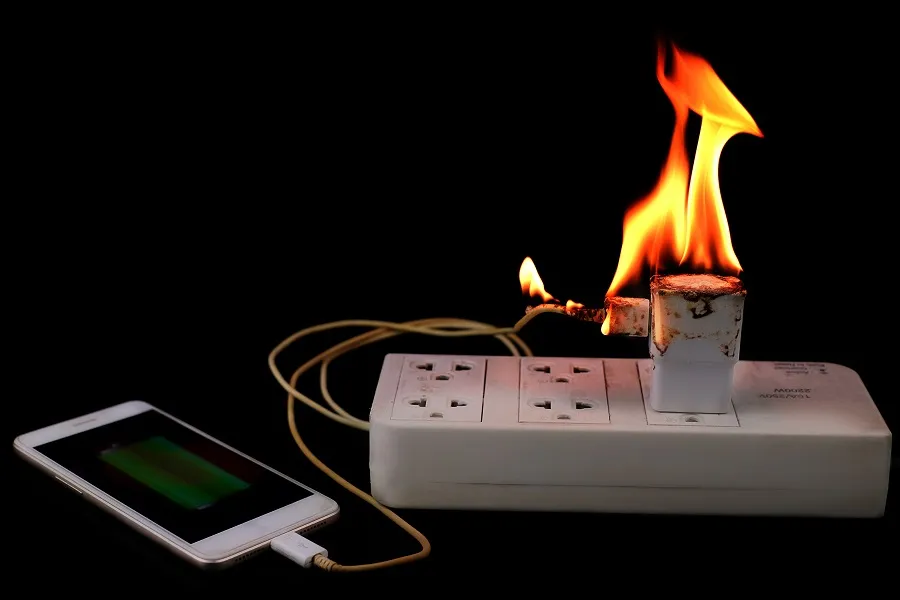Within the intricate mosaic of British industry, stretching from the rain-soaked construction sites to the lively expanse of corporate offices, the persistent threat of electrical hazards looms over workplace safety. The United Kingdom, with its stringent safety standards, adopts a proactive and meticulous approach towards minimizing electrical risks at work. Nonetheless, the occurrence of electrical accidents serves as a solemn reminder of the constant need for vigilance.
The Framework of Safety: Electrical Regulations in the UK
The UK’s dedication to electrical safety is grounded in a comprehensive set of rigorous standards and regulations. At the heart of these is the BS 7671, widely known as the Wiring Regulations, which establishes the criteria for electrical installations. Organizations such as the Health and Safety Executive (HSE) and the Institution of Engineering and Technology (IET) play key roles in formulating guidelines that protect workers, stressing the importance of a unified safety approach throughout the country. These regulations are dynamic, evolving with technological progress and insights gained from past incidents, ensuring that the safety framework remains both up-to-date and thorough.

Unmasking the Hazards: Common Electrical Dangers
Even with a robust regulatory framework, electrical hazards take various forms across workplaces. Faulty or deteriorated wiring, often concealed within the structures of older buildings, presents a hidden danger that can lead to disastrous outcomes. Overloaded circuits, frequently seen in tech-laden offices, overburden electrical systems. The improper use of extension cords and the hazardous combination of water and electricity in specific scenarios further intensify the risk landscape. Additionally, overlooking regular maintenance can escalate minor problems into severe accidents, emphasizing the importance of preventive actions.
Lessons from the Field: Case Studies of Electrical Incidents
The UK’s industrial narrative is marked by electrical incidents that act as stark reminders of the risks involved. Whether it’s a fire sparked in an overcrowded workshop or the tragic electrocution of a young worker due to inadequate oversight, these cases are more than mere statistics; they highlight the human cost of negligence. Analysis of these incidents reveals recurring themes: missed warning signs, underappreciated risks, and crucial moments when alternative decisions could have prevented tragedy.
Building the Bulwark: Prevention and Mitigation Strategies
The foundation of workplace electrical safety is a proactive approach to risk management. Comprehensive risk assessments enable businesses to spot potential hazards and devise specific countermeasures. Integrating safety protocols into employee induction training and providing the necessary safety and personal protective equipment (PPE) offer essential protection against electrical injuries. Additionally, nurturing a culture of safety through continuous training and awareness initiatives ensures that all employees are prepared to manage the risks associated with their duties.
Emerging technologies present new avenues for reducing electrical hazards. Innovations such as automated circuit breakers and ground fault circuit interrupters (GFCIs) afford sophisticated methods to prevent accidents proactively. When combined with conventional safety measures, these technological advancements create a solid defense against electrical risks.
The Human Element: Training, Awareness, and Culture
At the core of electrical safety is the human factor: the alertness of an individual working near live circuits, the diligence of electricians following the Wiring Regulations, and the commitment of management to uphold safety protocols. Training and awareness programs are crucial, providing individuals with the skills to identify hazards and react suitably. A culture of safety, where each employee feels accountable not just for their own safety but also for that of their peers, is the ultimate aim. This culture is cultivated not solely through policies but through a collective commitment to prioritize safety above all.
Navigating Emergencies: Preparedness and Response
Despite stringent safety protocols, emergencies can still occur. Preparedness is essential, necessitating not only the availability of first aid and firefighting equipment but also training in their effective use. Evacuation plans, emergency contacts, and regular drills ensure that when the unexpected happens, the response is quick and organized, minimizing injury and swiftly restoring safety.
A Call to Action
Electrical hazards in UK workplaces pose complex challenges that demand a comprehensive response. The regulatory standards lay the groundwork, but the practical application of this framework is what ultimately dictates safety outcomes. Every stakeholder, from electricians to CEOs, plays a vital role in maintaining this ecosystem of safety.
The narrative of electrical safety is continually unfolding, shaped daily by the actions and decisions of those in the field. It’s a narrative that calls for focused attention, diligence, and a dedication to ongoing improvement. This is a call to action for employers to review and enhance their safety practices, for workers to foster a culture of safety, and for the industry at large to prioritize the well-being of its workforce. The goal is unequivocal: to ensure that every worker returns home safely at the end of the day, shielded from the specter of electrical hazards.






